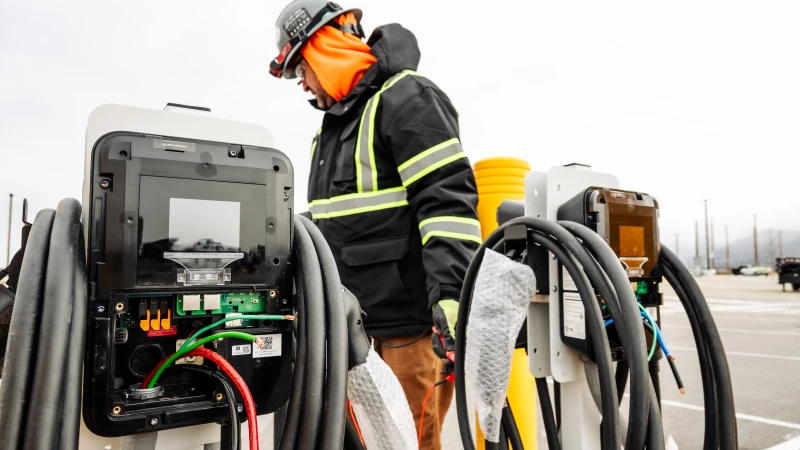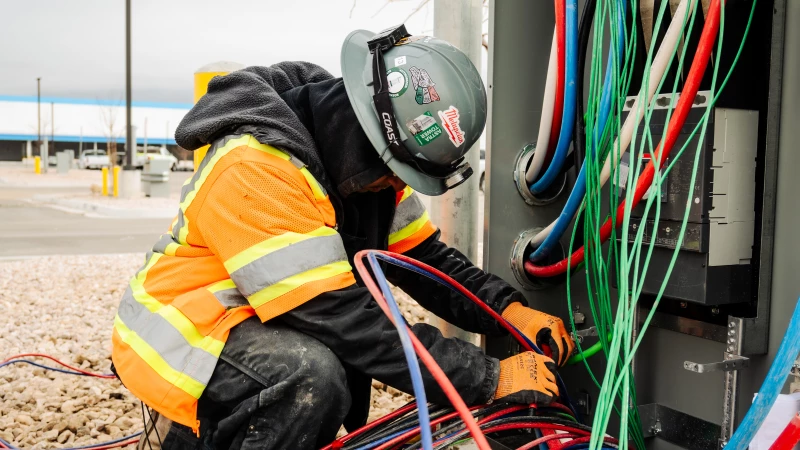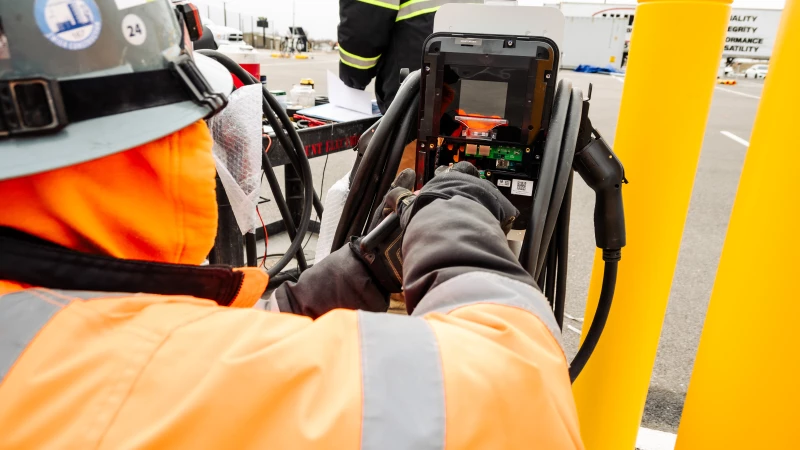“Power is the new water” is a catchphrase circulating in energy conversations across the country, because energy needs are changing at an unpredicted and unprecedented pace. From the rapid growth of electric vehicles (EVs) to the increasing demand for data centers and manufacturing facilities, how we consume electricity is evolving faster than ever. At the same time, businesses and consumers are pushing for cleaner, more sustainable energy solutions. But while demand surges, the power grid is struggling to keep up. Aging infrastructure, supply constraints, and the complex transition to renewable energy sources create bottlenecks that threaten reliability and efficiency. As industries expand and electrification accelerates, the question is no longer about where our energy comes from—but whether the grid can deliver it when and where it’s needed most.
The Energy Shift: What’s Driving the Demand?
Historically, US energy demand followed relatively predictable patterns. Businesses and homes drew power primarily from centralized power plants, with peak usage times aligning with work hours and evening routines. But today, new factors are reshaping the energy landscape.
- Electrification of Transportation: The widespread adoption of EVs is adding significant demand to the grid. Charging infrastructure, especially fast-charging stations, requires large amounts of power, creating new stress points in the system. Consider this: the average US home uses about 7kW of peak demand power to run essential appliances and functions, while the typical EV charger draws roughly the same amount. That means when a single homeowner installs an EV charger in their garage, the neighborhood transformer suddenly must handle the equivalent of an additional household’s demand. Now, multiply that across an entire community, and the strain on local distribution systems becomes apparent.
- Data Centers & High-Tech Facilities: With the rise of AI, cloud computing, and digital services, data centers have become some of the largest energy consumers. These facilities operate 24/7 and require an enormous, steady energy supply from hundreds of megawatts (MWs) to the newest data centers requiring over 1 gigawatt (GW) or 1000 MW. A 200 MW data center has an electrical capacity of roughly 29,000 times the amount of energy for an average US home! Technology and data advancements aren’t slowing—they’re picking up the pace faster than anticipated. With the demand for more data centers to support these new developments, our energy crisis is reaching an all-time high.
- Manufacturing Growth: Industrial facilities consume more power than ever, especially those shifting toward automation and electrified processes. Some regions are experiencing energy shortages simply because local grids cannot meet the demands of new industrial expansions.
- Renewable Energy & Distributed Generation: Solar and wind energy play a growing role in electricity generation, but they also introduce variability. Unlike traditional power plants, these sources depend on weather conditions, making energy storage and grid flexibility more critical than ever. Investing in these sources is necessary but time-consuming and expensive, making planning and executing renewable energy generation difficult.
Grid Limitations: An Aging System Under Pressure
The US power grid was built over several decades, starting in the 1880s and continuing into the 1970s. This grid was established to serve a very different world. While utilities are upgrading, many regions still rely on outdated infrastructure that wasn’t designed for today’s high-demand, high-volatility energy environment.
- Capacity Constraints: Many local substations and transmission lines are already at or near capacity, limiting the ability to accommodate new energy loads. This is particularly evident in regions experiencing rapid development, like the Salt Lake Valley and Ada County, Idaho.
- Interconnection Delays: Businesses looking to connect to the grid—whether for a new facility, a solar installation, or an EV charging hub—often face long wait times. Securing the necessary approvals and infrastructure upgrades can take years, even up to a decade.
- Grid Reliability Risks: Extreme weather events, cyber threats, and aging equipment contribute to potential outages. As energy demand grows, so does the risk of system strain and failures.
Solutions for the Future: How the Industry is Adapting
Utility companies, businesses, and energy professionals are exploring a range of solutions to keep pace with rising demand.
- Grid Modernization: Investments in new substations, upgraded transmission lines, and smart grid technology are helping improve capacity and efficiency. Learn more about how high-voltage solutions support grid updates from Hunt’s High Voltage Division.
- Energy Storage: Battery storage solutions are becoming a key tool in balancing supply and demand, especially as renewables become a larger part of the energy mix.
- Microgrids & On-Site Generation: Some businesses are turning to microgrids, backup power systems, and on-site renewable energy to reduce dependence on the main grid.
- Energy Efficiency & Demand Management: Businesses can reduce strain on the grid by optimizing energy use, shifting demand to off-peak hours, and implementing energy-efficient technologies.
Preparing for an Electrified Future
Energy demand is only increasing, and businesses must adapt to ensure they have reliable, sustainable power. Staying ahead of these changes is critical, whether it’s planning for future energy needs, navigating interconnection challenges, or investing in smarter energy solutions.
At Hunt Electric, we work with businesses to assess their energy requirements, implement advanced power solutions, and navigate the challenges of today’s evolving grid. As the landscape continues to shift, having a strategic approach to energy planning isn’t just an advantage—it’s a necessity.



